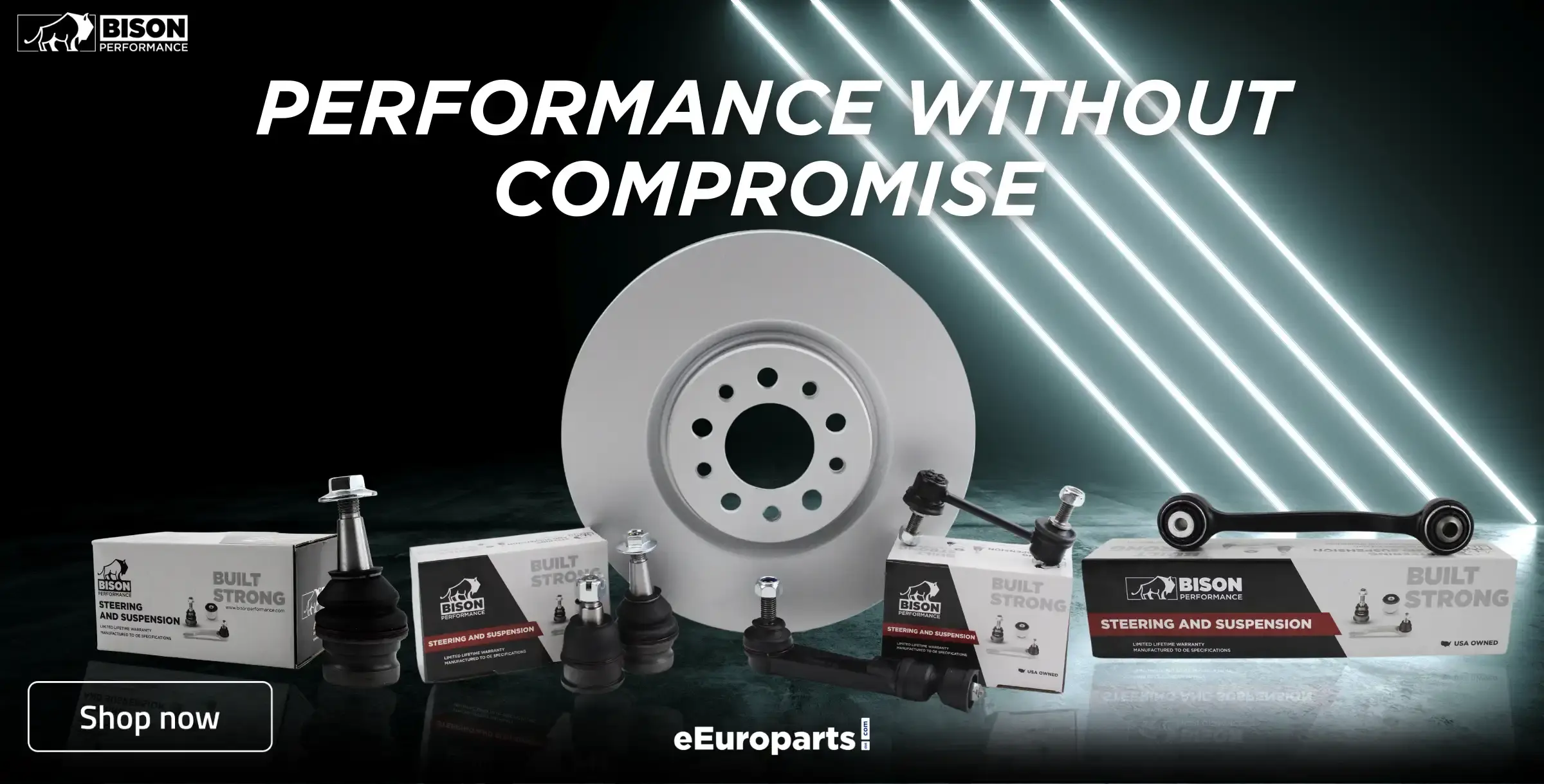Modern engines work best when they operate within a very specific set of parameters. This applies to things like the volume of air that enters the intake, oil pressure, and of course, fuel pressure.
Your average engine built in the last couple of decades is heavily dependent on being fed fuel at a specific, and more importantly stable pressure. It even has a fuel pressure sensor on the fuel rail that monitors the flow of fuel into the engine. When this sensor fails, you’ll get the P0191 check engine light code. Even though
In this guide, we will show you the causes, symptoms, diagnostic methods, and potential fixes for the P0191 trouble code.

What is the P0191 Code, and What Does It Mean?
The P0191 code stands for “Fuel Rail Pressure Sensor ‘A’ Circuit Range/Performance.” This means that the fuel rail pressure signal voltage of sensor “A” is operating outside its normal range. It can either mean that it is lower or higher than normal.
What Causes Fuel Rail Pressure Code?
The causes of a fuel rail pressure code can vary. Most will be related to the fuel rail pressure sensor and abnormal fuel pressure. Here are some of the most common causes:
- Abnormal fuel pressure
- Fuel rail pressure sensor failure
- Vacuum leaks
- Wiring harness issues
- Faulty engine control module
Abnormal Fuel Pressure
This issue refers to either low or high fuel pressure. Even though this is one of the main triggers of the P0191, it is itself caused by other issues. You could be looking at a faulty fuel pressure regulator (if your car has one upstream of the fuel pressure sensor), or a bad fuel pump that is no longer able to maintain the necessary pressure inside the fuel delivery system.
Fuel Rail Pressure Sensor Failure
This is the main sensor that reads the fuel pressure in the rail. It can become contaminated or fail as the vehicle ages. Your fuel rail pressure sensor should last for the life of the vehicle, but using low-grade fuel or engine issues can cause it to fail prematurely as we’re about to find out later on.
Vacuum Leaks
Similarly to fuel pressure, a loss in air pressure can cause the P0191 code. This loss in air pressure causes the engine computer to adjust the air-fuel ratio, which can cause an increase in the fuel rail pressure.
Wiring Harness Issues
Wiring harnesses are prone to heat damage. Considering that fuel rail pressure sensors sit near or on the fuel rail itself, their wiring harnesses are pretty much constantly exposed to high temperatures. Over time, the connectors and wires become brittle because of the alternating temperature cycles. This can cause the voltage to fall out of the normal range and the P0191 code.
Failed Engine Control Unit
Engine computer issues are usually caused by software failures out of the factory. A flood, accident, or electrical overload can also cause the module to fail. A bad ECU is the last thing you should suspect. If you’re suspecting that your ECU has gone bad. Check for any technical bulletins and/or recalls related to your car.
What Happens When Your Fuel Rail Sensor Goes Out?
Sensors feed information to the engine computer. If your fuel rail pressure sensor fails, it will send incorrect information to the ECU. This means that the actual fuel pressure and the numbers that the ECU is using to manage ignition and injection timing are different. Of course, that can cause many problems.
What Are the Common Symptoms of P0191 Fault Code?

Identifying the symptoms of a vehicle issue is essential when starting the diagnostic process. This is the case for the P0191 trouble code and every other car issue you might run into. Here are the most common symptoms of a P0191 fault code.
- Check Engine light
- Reduced Performance
- Bad Starting Behavior
Check Engine Light
The check engine light is the first signal of a trouble code. Whenever the ECU logs that something serious has gone wrong with the car, you’ll see this dreaded light pop up on your dash. Being a low severity code, the P0191 will only illuminate the CEL.
Some codes will cause the CEL to not only come on but also flash at you. That usually means that there is a very serious issue with your car and that you should pull over immediately.
Reduced Performance
A reduction in performance happens when the fuel rail pressure is lower than normal. There is not enough fuel fed into the cylinders, and as a result, you get a drop in performance. Although it doesn’t tell you much about the root cause, it will help you narrow down the problem to either the air or fuel system.
Bad Starting Behavior
This is similar to a reduction in performance. A P0191 can cause stalling, extended cranking, or not starting at all. Many related issues can cause these symptoms, but any of them can also mean that there is an issue with the fuel system.
How to Diagnose and Fix the Cause of P0191 Code
Diagnosing the P0191 code involves taking a closer look at the fuel rail pressure sensor, its wiring harness, but also other components such as the fuel pump. In short, you’ll most likely want to do a shakedown of the entire fuel delivery system.
OBD-II Reader
Not only will a scan tool help you identify the P0191 trouble code, but it can also reveal other codes that might be associated with your problem. A standalone P0191 code tells a different story compared to a situation where you have 3 additional codes in the log.
Connect your OBD-II reader to the port below the passenger side glove box and run select the “scan for trouble codes” option.
Visual Inspection
People often underestimate just how much you can tell by simply taking a good look at a potentially failed component. Give your fuel rail pressure sensor a good look using your Mk1 eyeball and look for any exposed wiring or damage to the wiring harness. A loose sensor
A faulty vacuum or fuel hoses can also be a primary cause of this trouble code. Look for any cracks and make sure that everything is properly clamped down. There can still be air leaks even if these problems are not present, so don’t rule out vacuum leaks just yet.
Vacuum Pressure Test
Testing for a vacuum leak can be tricky without a vacuum tester. If you have access to one, here’s what you need to do. Connect the tester to the vacuum line and start your vehicle. The reading on idle should be around 14HG and should increase to a maximum of 22HG as you press the throttle.
Wiring Harness Test
The wiring harness and sensor are a prime point of failure. You will need a multimeter to conduct this test. First, identify the wires. The red (positive) wire should be around 12V, the black (ground) wire should be 0V and the signal wire should carry 5V.
Turn the key to the accessory position, but don’t start the vehicle. Take your red multimeter probe and contact the wire you are testing. The black probe needs to contact the vehicle’s chassis. The signal wire should be around 1V in this state.
Fuel Pressure Test

First, we need to test whether the fuel pump is functioning correctly. You can do this pretty easily by turning the key to the accessory position. You should hear the fuel pump relay clicking open and a low humming noise should come from the fuel pump as it turns on for a few seconds as it primes the system. If you can’t hear the pump, open the gas cap and put your ear close to the filler hole while someone turns the key to the accessory position. If you still can’t hear the pump, there’s a chance it’s malfunctioning.
The live data function on an OBD-II reader can also show you what’s going on with the pump. Look for fuel pressure values. Just keep in mind that these numbers do differ slightly between vehicles. Consult your owner’s manual for the exact numbers that apply to your vehicle.
If you’re not getting any values on the live data, you might have to get a fuel pressure measuring tool to manually measure the pressure inside the system.
Again, your car needs to be in the accessory position. On idle, in a normal fuel-injected car, the fuel pressure should be around 26 PSI on both the fuel pressure gauge and the sensor. If you have commanded the fuel pressure relay multiple times, it will be around 60 PSI, the maximum number.
The important bit is to make sure that it doesn’t fall more than a few PSI in one minute. If it is higher than 60 PSI, that means that the fuel lines may be clogged. Additionally, if the numbers between the fuel gauge and the OBD-II reader are different, it means that there is an issue with the sensor or engine computer.
How to Fix a P0191 Code?
One of the simplest fixes for the P0191 trouble code is cleaning the sensor. Grime, corrosion, or other contaminants can cause the sensor to malfunction. However, there’s a good chance you’re dealing with something more sinister than just dirt.
More often than not, you’ll need to actually replace the fuel rail pressure sensor, fuel pump, or both. If we assume that the sensor is just dirty, here’s how you can clean it.
Ensure that the car is off, and the battery is disconnected before attempting any cleaning or removal of the sensor. Failure to do so can damage your PCM or other sensors unrelated to the problem.
Fuel system flushes will aid in removing any debris if the fuel system is clogged. Although there are professional services that will clean your fuel system for you, you can also do it yourself just as well.
Your gas tank needs to be near empty for this to work properly. Make sure that it is on E or the fuel light is on before proceeding. You need to have additional fuel for afterward as well, as you will need to fill up your car with fuel after pouring in the cleaner.
Pour the fuel system cleaner into the empty gas tank. Fill your gas tank with fuel. It doesn’t need to be full, but make sure that there is enough so that the cleaner can be distributed properly. Start the car and let it run for 15-20 minutes.
Does P0191 Clear Itself?
The P0191 trouble code can be quite finicky to deal with. An OBD-II reader will clear the code immediately. If that is not possible, it will clear itself within the manufacturer’s drive cycle as long as the root cause has been addressed.
Is It OK to Drive with P0191?
A failed fuel pump means that it will not be possible to drive with this trouble code. If it is a sensor issue, you should be able to drive with a reduction in performance. Even then, it’s not recommended that you go for any extended drives until you get this issue fixed.
Fix Your P0191 Issues With Quality Parts!
Now that you know everything there is to know about the P0191 trouble code, it is time to get to work. Although you now know to solve this problem, you still need the parts to potentially fix the issue.
Here at eEuroparts, we have everything you could need for this repair and more! Select your vehicle from the dropdown menu, and you’ll get a comprehensive list of parts that are a guaranteed fit for your vehicle.












